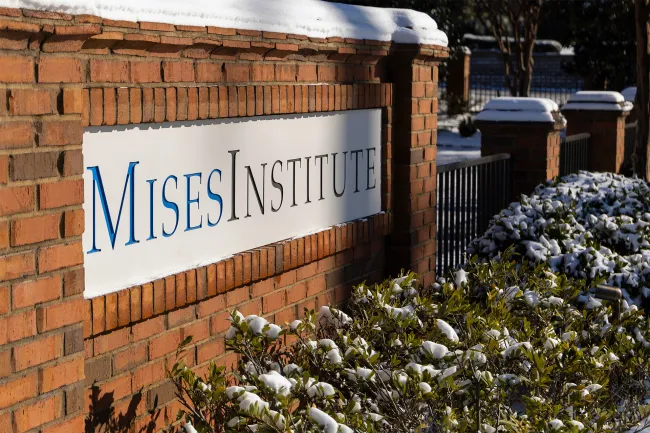Uncle Sam’s Credit Rating Story Is Serious News: But Does it Matter?
With US Government bonds being downgraded, another sign that Washington's borrowing and spending is out of control, not that anyone in power is listening. Think of the downgrade as a canary in a coal mine.










